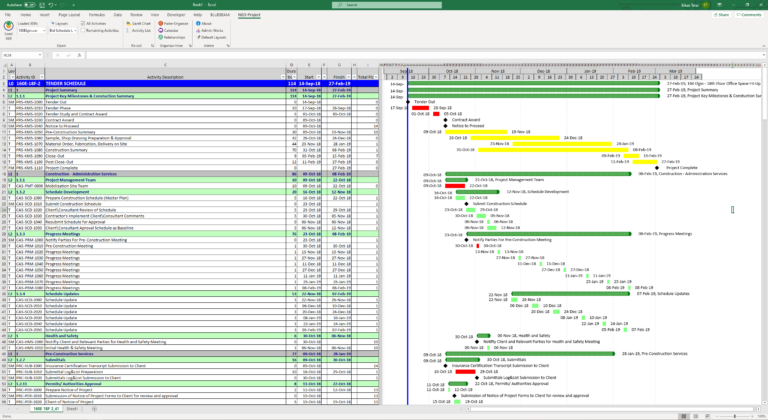Initial Resistance to Digital Adoption in the Construction Industry
The construction industry’s initial resistance to digital adoption can be attributed to a variety of factors, underscoring the sector’s unique challenges and its historically slow pace in embracing technological changes. This resistance has been shaped by both cultural and practical considerations, which we’ll explore below.
Cultural and Organizational Factors
- Tradition and Skepticism: The construction industry is traditionally conservative, relying on established practices and skeptical of changes that could disrupt the status quo. This skepticism towards new technologies stems from a preference for proven methods over untested innovations.
- Fragmentation: Construction projects typically involve multiple stakeholders, including contractors, subcontractors, architects, and clients, each with their interests and preferences. This fragmentation makes it challenging to implement unified digital solutions across all parties.
- Workforce Demographics: The industry workforce often spans a wide range of ages, with a significant portion being less familiar with digital technologies. The potential learning curve and training requirements for new systems can be seen as a barrier to adoption.
Economic and Financial Factors
- High Initial Costs: The upfront investment required for digital tools and systems, including software licenses, hardware, and training, can be substantial. Smaller firms, in particular, may find these costs prohibitive without immediate, tangible benefits.
- Uncertainty of ROI: There’s often uncertainty about the return on investment (ROI) from digital technologies, particularly for companies that are unfamiliar with how to measure and realize these benefits effectively.
- Project-based Nature: The construction industry operates on a project-by-project basis, with tight margins and deadlines. Companies may be reluctant to invest in digital tools that are not perceived as directly contributing to the completion of specific projects.
Technical and Practical Factors
- Interoperability Issues: The lack of standardization across digital tools can lead to interoperability issues, making it difficult to integrate new technologies into existing workflows seamlessly.
- Data Security Concerns: With increased digitization comes the need for robust cybersecurity measures to protect sensitive project data, a challenge that some in the industry may feel ill-equipped to manage.
- Reliability and Connectivity: Construction sites can be remote or transient, with varying levels of internet connectivity. Reliance on digital tools raises concerns about their reliability and performance in less-than-ideal conditions.
Overcoming Resistance
Despite initial hesitations, the construction industry is gradually recognizing the value of digital technologies in improving efficiency, safety, and project outcomes. Success stories and case studies demonstrating tangible benefits, alongside advancements in user-friendly technologies, are helping to overcome resistance. Additionally, the industry is seeing a growing emphasis on education, training, and partnerships with tech providers to facilitate the transition to a more digital future.





